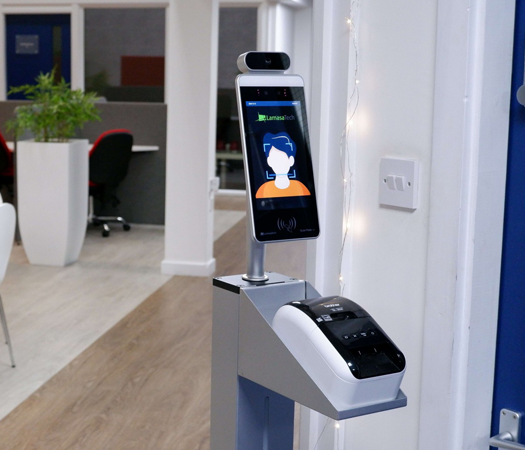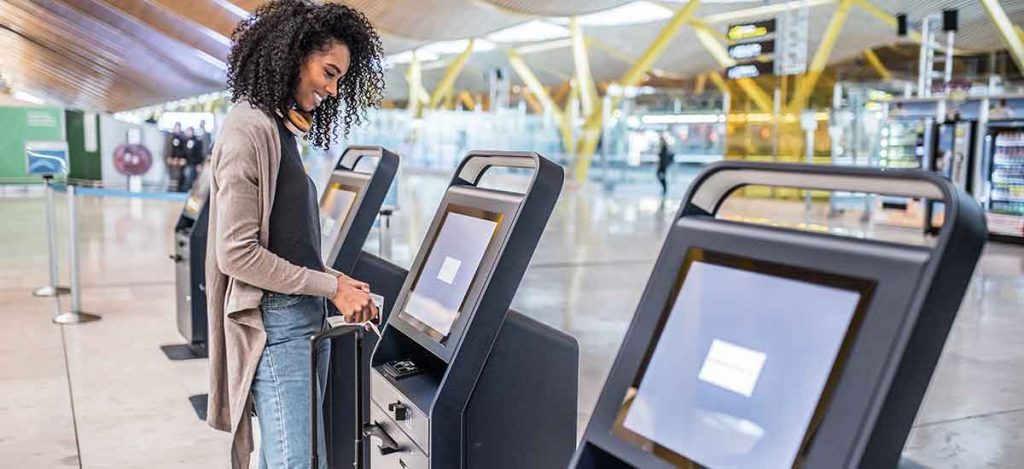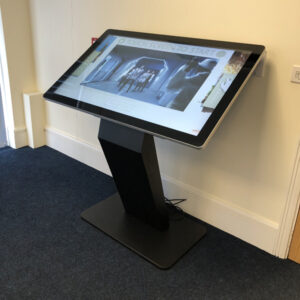Here are some types of kiosks that will get popularised in 2023 due to their practical uses. Getting to know this information would get you ahead of most customers as you know where to find help, and what to do in case you are in a hurry and find something that looks like a kiosk. Moreover, when you are approaching a new kind of kiosk like a customer management kiosk Malaysia people usually see it on the street, in restaurants, and in other services.
Self-service kiosks

These kiosks will allow people the power of automation and painlessly meet their demands as it provides users with the ability to interact with a business without cumbersome conversation, explaining their cases, and waiting for employees. Self-service kiosks have a wide range of applications spanning various industries: services, food & beverage, finance, healthcare… People could encounter them at train stations, restaurants, grocery stores, malls, or any places that offer quick payment methods. Self-service kiosks put focus on speeding up the selection and payment process which increases customer experience and return rate.
All customers have to do is approach a self-service kiosk, interact with the displayed touch screen, select the preferred option, choose payment methods, and complete the payment.
Temperature kiosks

This kind of kiosk emerged from the pandemic strike as one of the measurements to maintain, test, and manage the spread of the disease. After the social distancing and work-from-home regulations have been relaxed, temperature kiosks come in handy in solving people’s concerns about Covid-19.
Temperature kiosks work by having an infrared camera to scan people and measure their temperature. The body temperature will then be displayed on the kiosk displaying screen, in case a high body temperature is recorded, the kiosk will alert people about it with sounds and displayed words. Some temperature kiosks are even linked to the automated door system which will block or allow people to enter based on their temperature.
Information kiosks

Information kiosks are designed to provide information to users with information displayed clearly and concisely. Helps people to painlessly digest the information, meaning that when producers insert the inception information, they should put it as detail and dissect it into small chunks to facilitate a satisfying customer experience. There are two types of information kiosks: interactive and non-interactive. interactive kiosks will allow people to interact with the displayed touch screen and enable them to proceed with further information research. Whereas a non-interactive kiosk will only display the information that has been set up by the providers. Places like tourist attraction spots could apply interactive kiosks to optimise customer engagement.
Internet kiosks

As the name suggests, internet kiosks are tailored to provide people access to the internet which people could encounter at public waiting areas, hotels… For fee payments, people could browse the web for a set of use periods at one of these terminals. However, since these kiosks are connected to the internet system of the building, there are potential chances of cyber attacks. Therefore, most businesses providing internet kiosks also install a set of antispyware to alert them for any security breach on the system.
